Hi all, this is the situation. I live in Australia, it is only cold enough here approx 3 months of the year to use this pot belly. Its in a partially enclosed deck as seen in pics, for 9 months of the year it stays back against the fence line out of the way ( also rusting to chit),on a mobile platform. I want to be able to use it but am not sure the best way to go about the flue/ venting smoke without it needing to be permanently fixed in said position. What are my options here? A flue cap through the iron roof, that i can connect and disconnect to with sometime of flexible flue? Remove the windows screen and go out that way? I had it going last year, as is no external venting, the first time worked a treat, I used really old lumps of red head charcoal Id had for years which worked great. Long burn, excellent heating, NO SMOKE!
However trying to replicate that with new store bought charcoal lumps, brickettes, and wood have resulted in huge amounts of smoke to the point where I had to dump water on it before it was out of control. So need a solution. The Reddit crew recommended you fine people as the ppl with the expertise to ask soo..... help.
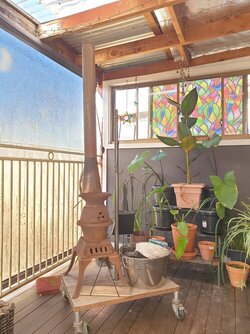
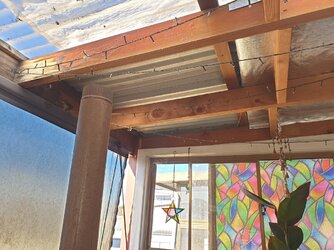
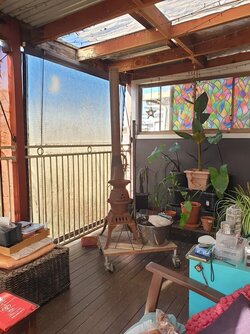
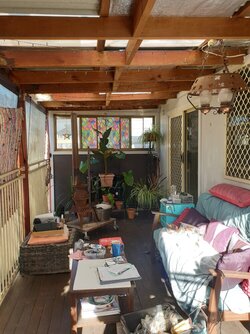
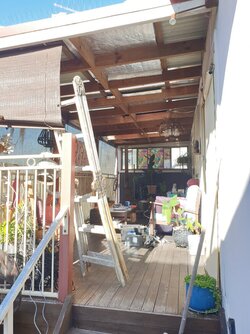


However trying to replicate that with new store bought charcoal lumps, brickettes, and wood have resulted in huge amounts of smoke to the point where I had to dump water on it before it was out of control. So need a solution. The Reddit crew recommended you fine people as the ppl with the expertise to ask soo..... help.








